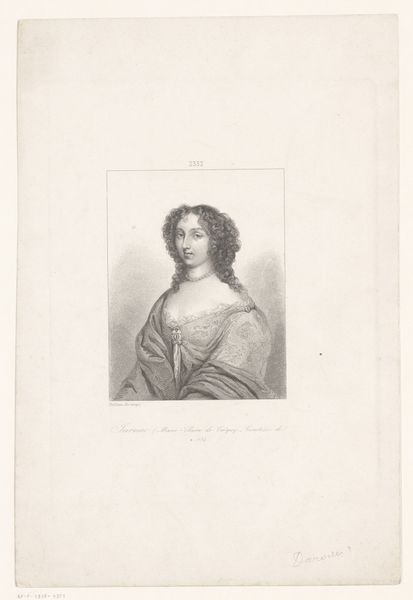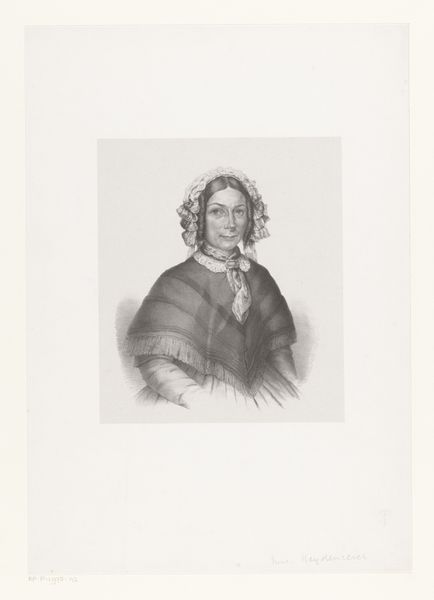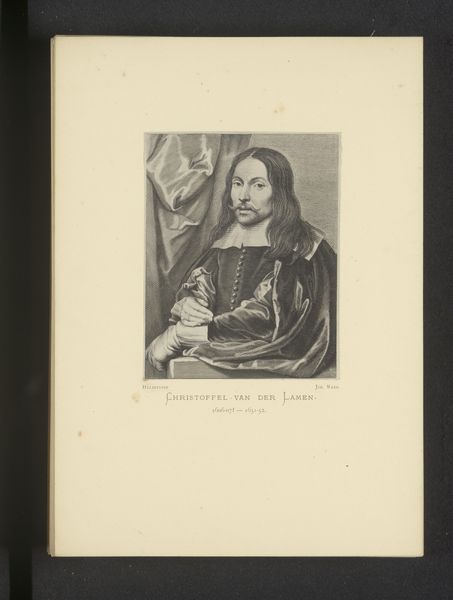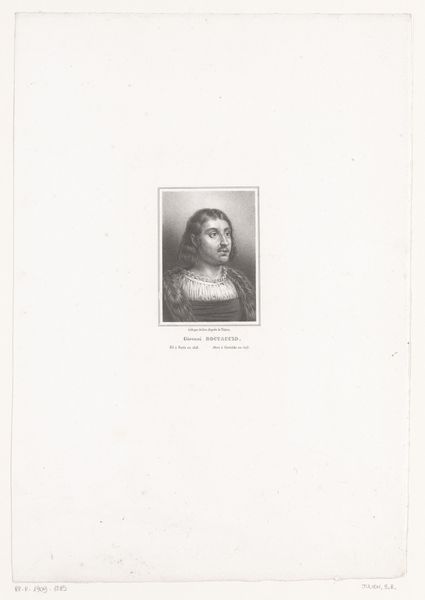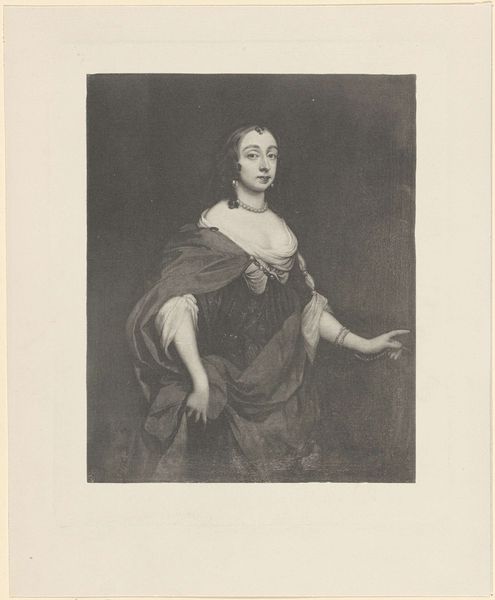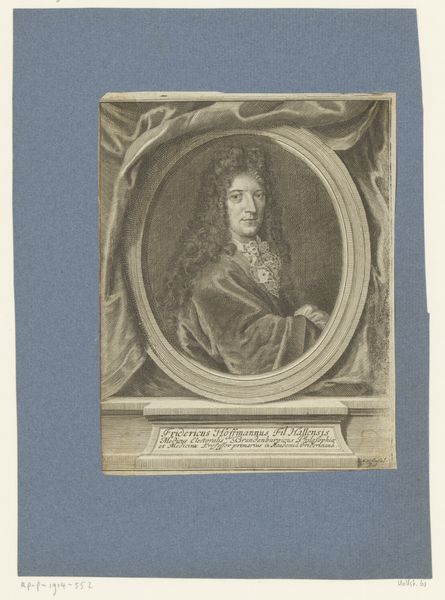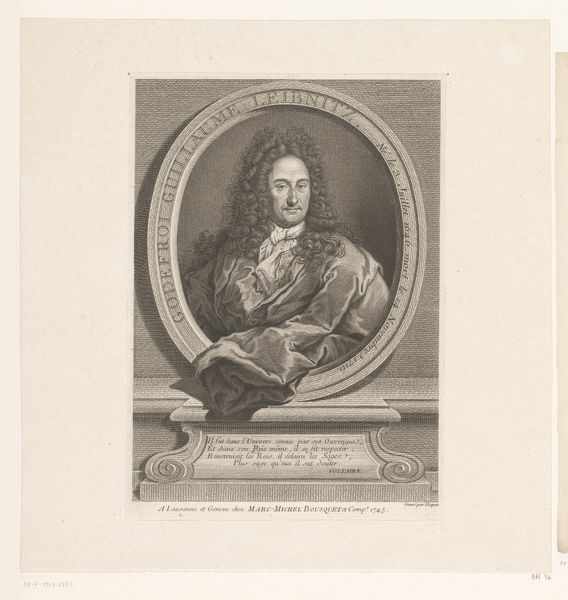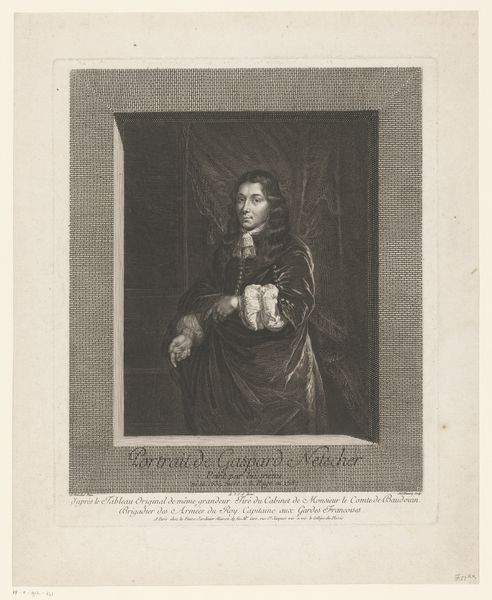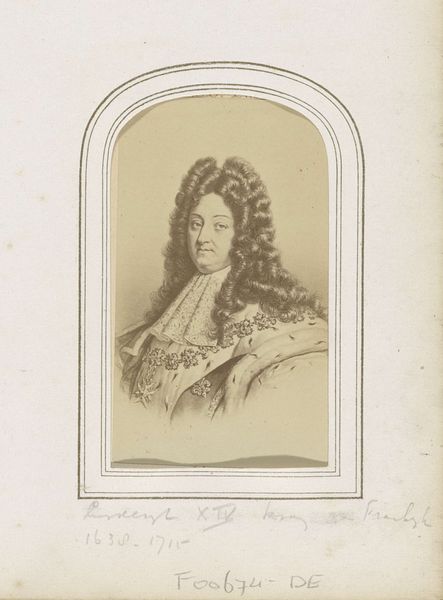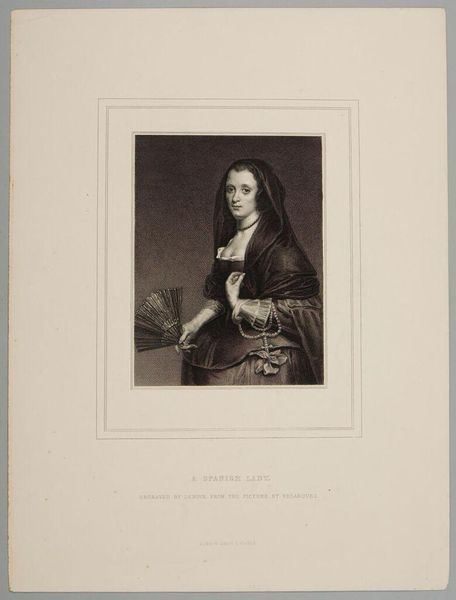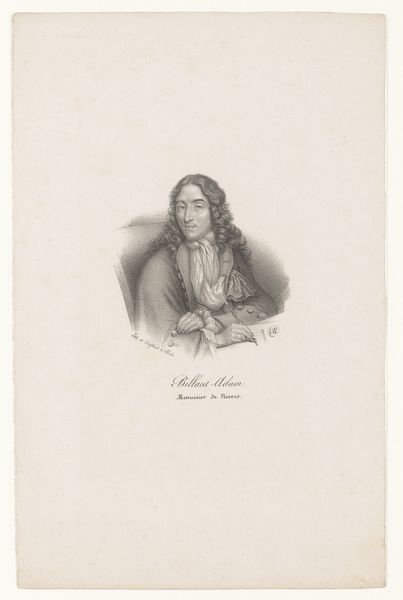
Dimensions: height 354 mm, width 254 mm
Copyright: Rijks Museum: Open Domain
Curator: This is a drawing from between 1765 and 1780 entitled, "Portret van een burgemeester van Amsterdam," which translates to "Portrait of a Burgomaster of Amsterdam." Editor: The man in the drawing is quite striking. There's a certain aloofness in his eyes, but the pose, leaning casually on the chair, hints at an underlying confidence. A complex individual, rendered simply in shades of grey. Curator: Portraits such as this one served important functions. The subject is identifiable, and so the piece acts as a marker of social standing within a complex hierarchical network of Dutch politics. They weren’t just pretty pictures but symbols of power, tied to patronage networks and civic identity. Editor: And what about the intersectional aspects of identity that come into play? He's not simply a burgomaster, but a man, a member of a specific socio-economic class, with likely deep roots within the local political landscape. How does his gender inform his power and its projection? Curator: His garments speak to his power, and as an item reproduced en masse, that imagery holds significant weight in codifying what it means to be a political powerbroker of the era. Think of the implications of dress codes and sartorial signalling. Editor: Absolutely. Considering gender theory, what messages are encoded within the portrait regarding masculinity and leadership? His long hair, styled in a somewhat feminine way contrasted with the strong jawline and direct gaze... There’s an interesting tension. Curator: The very act of commissioning and owning this portrait also participates in performative actions, shaping public perception and consolidating existing hierarchies. In that, its importance persists even to the present day. Editor: So, examining this "Portrait of a Burgomaster" reminds us how much identity is constructed – both for ourselves and by the society that observes us. We get a compelling snapshot into not just one man’s life, but the broader power dynamics of 18th-century Amsterdam. Curator: Yes, looking through history’s mirror helps sharpen our focus on contemporary societal norms and imbalances. Editor: And in understanding how power was projected and perceived back then, perhaps we can learn to question how it operates now.
Comments
No comments
Be the first to comment and join the conversation on the ultimate creative platform.
